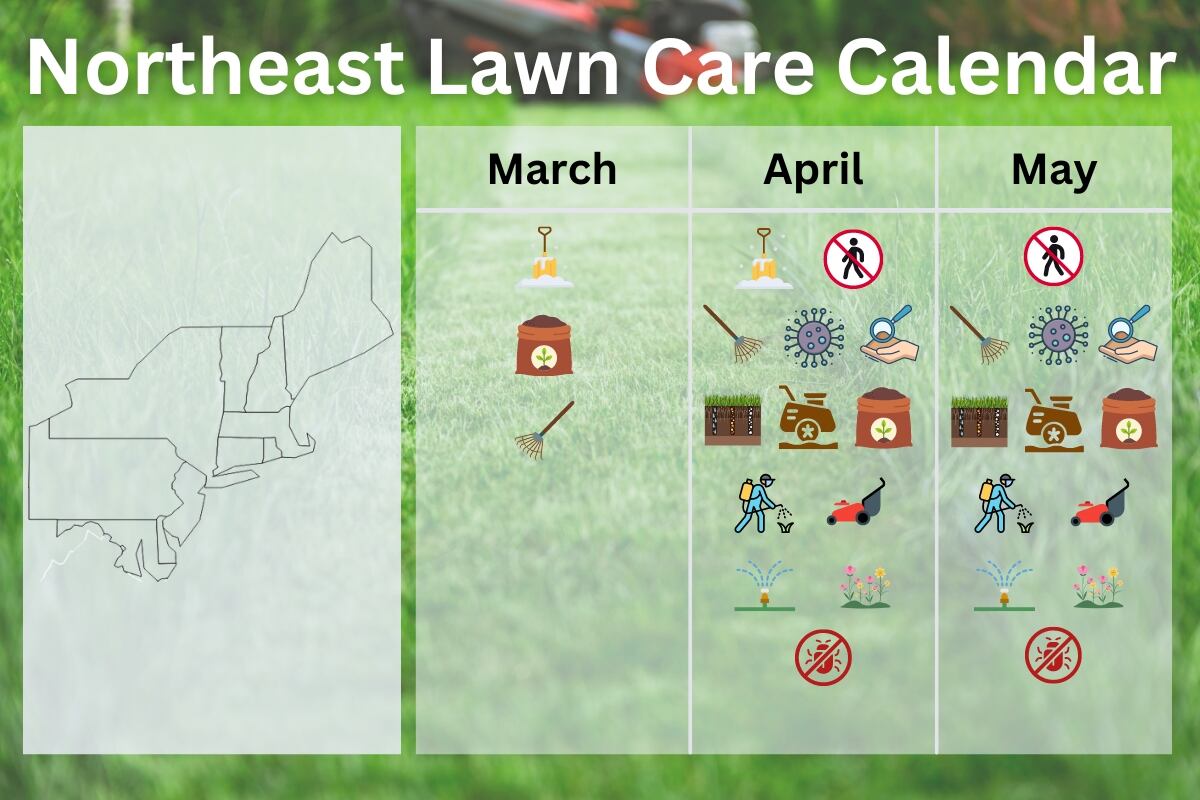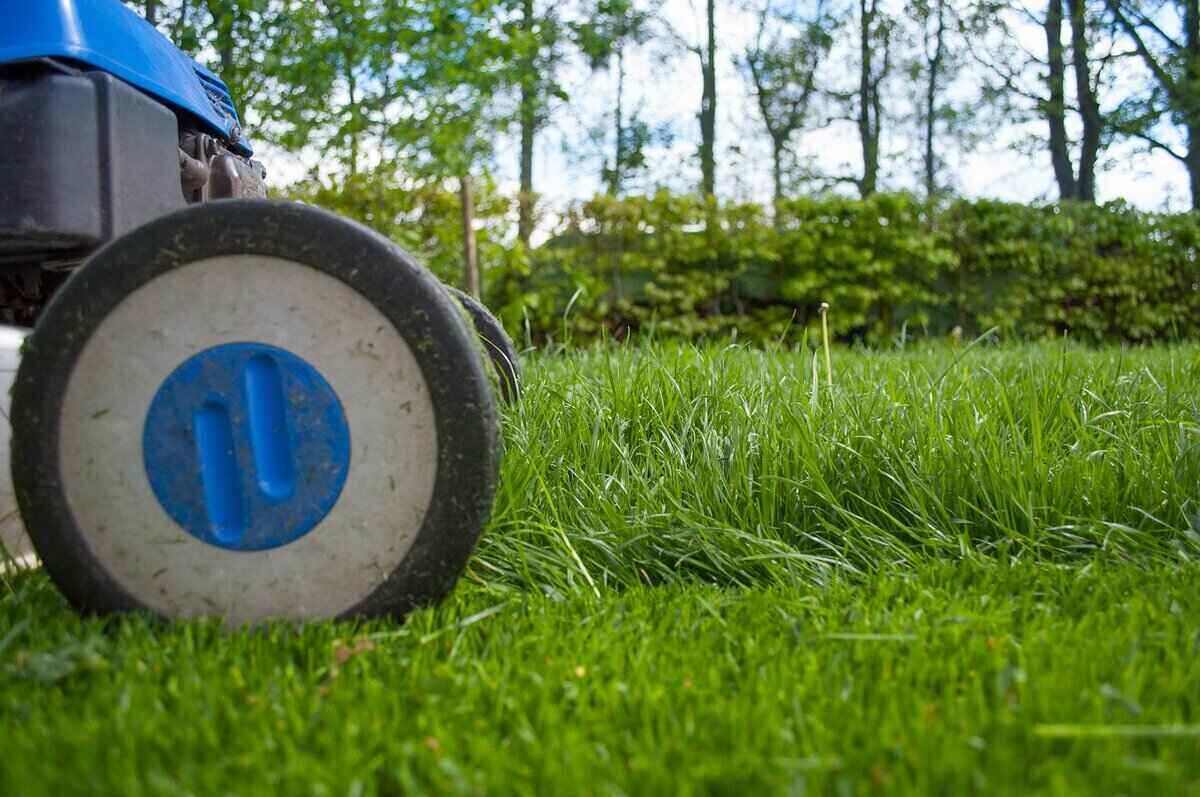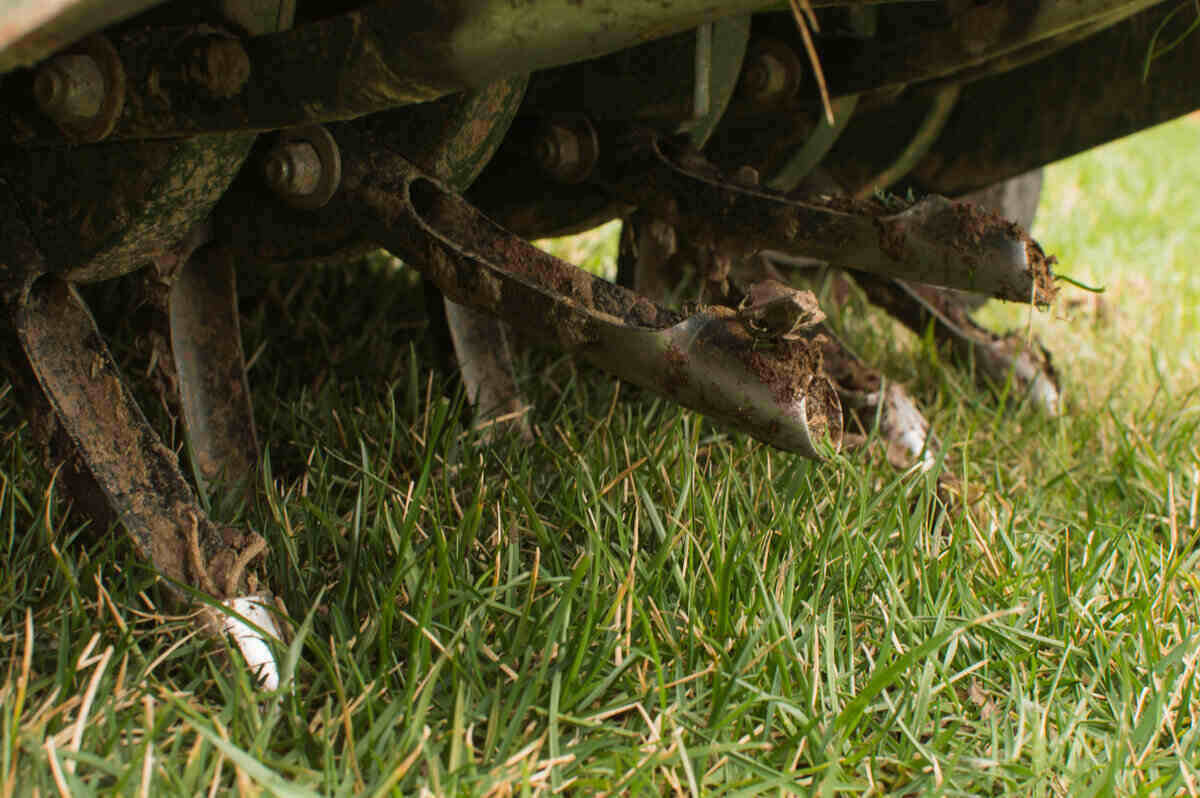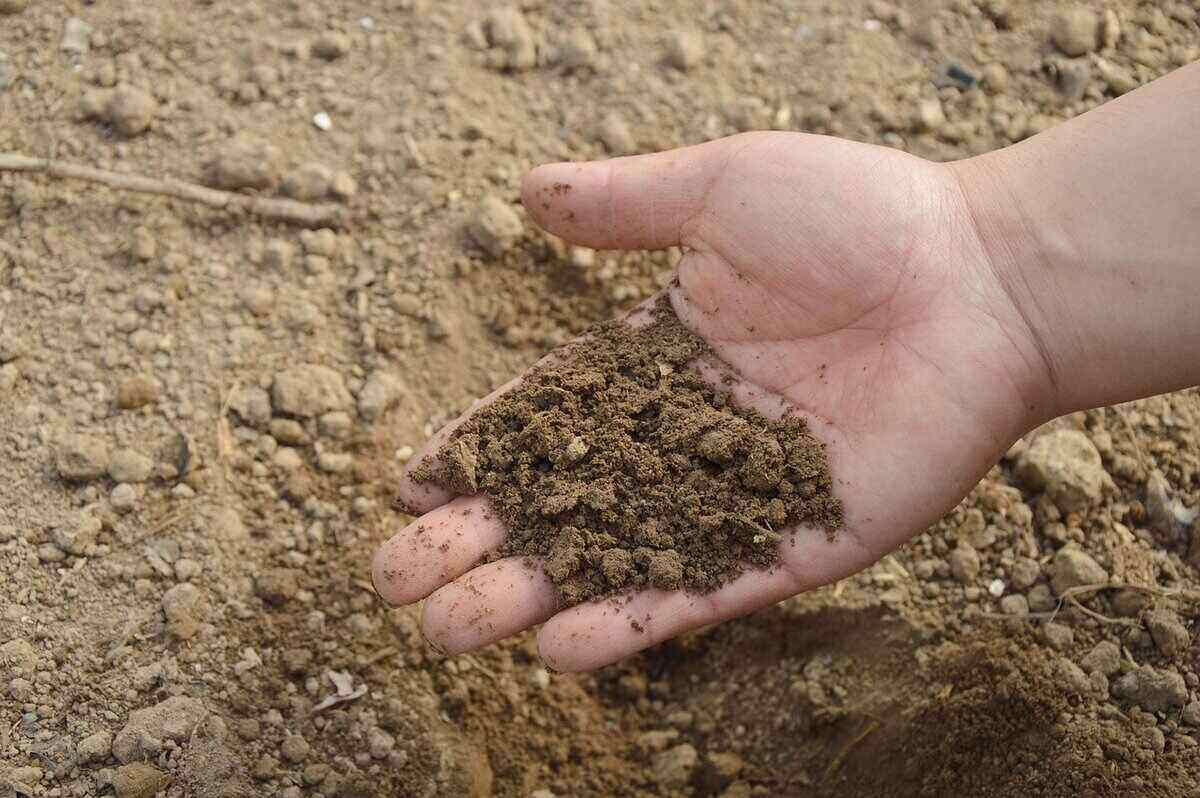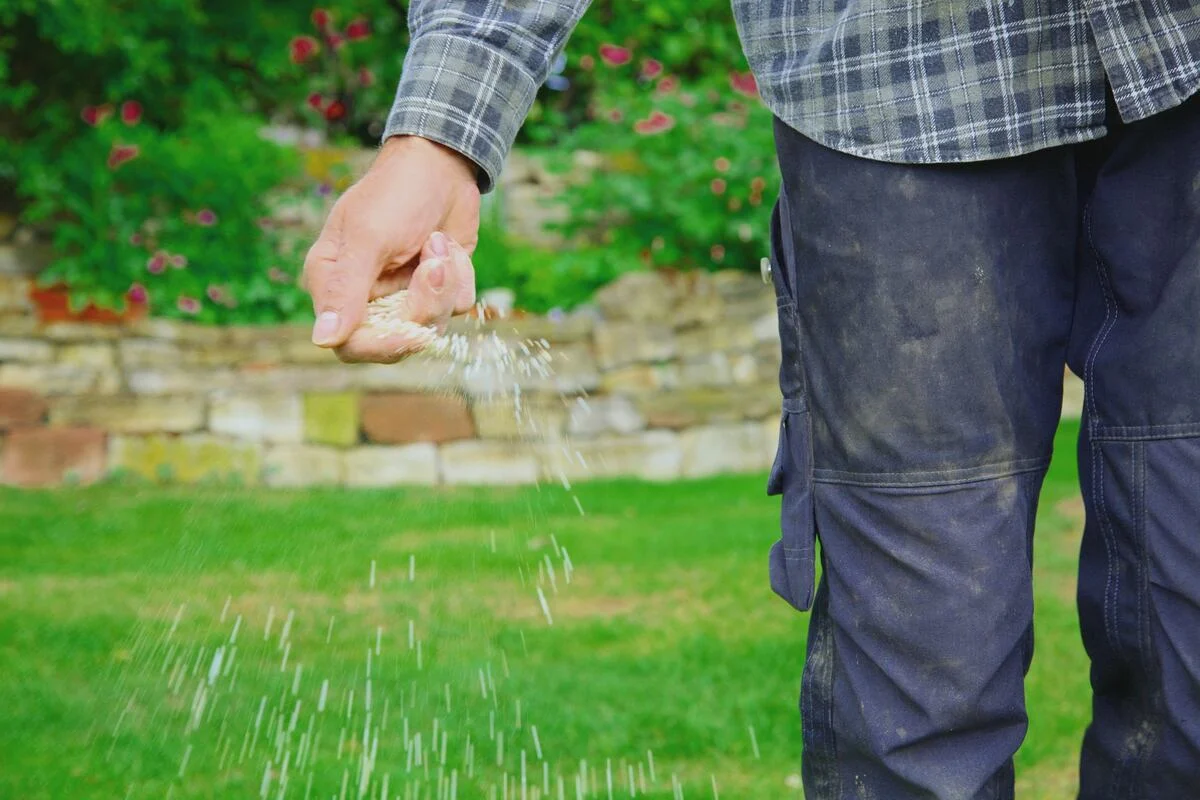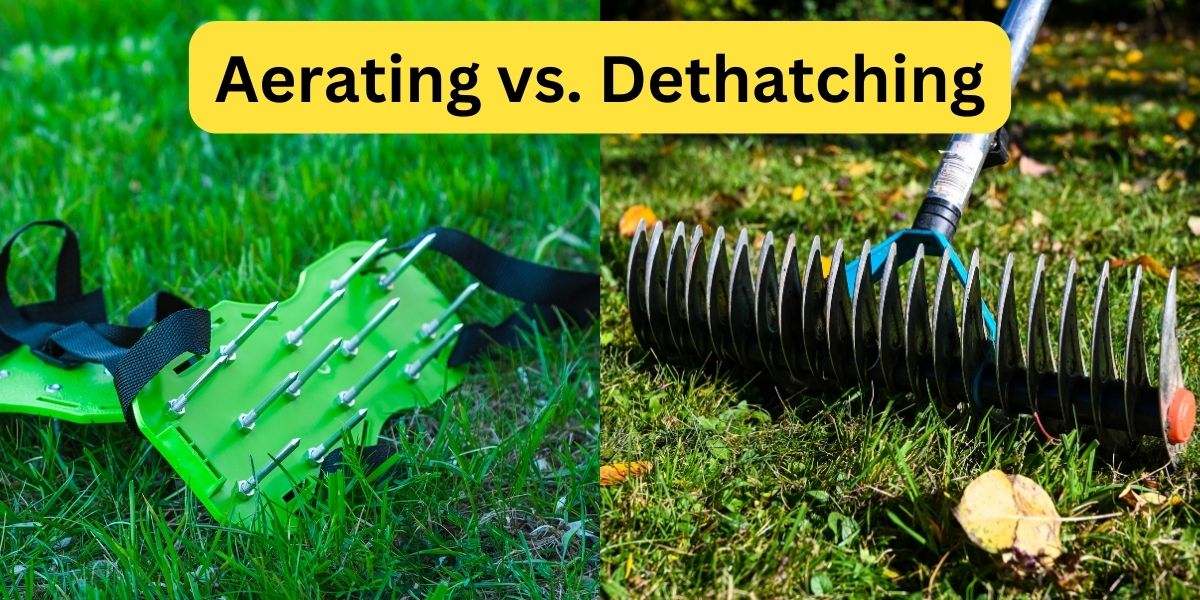
While both aeration and dethatching help your lawn breathe, they serve different purposes. Aeration creates holes in the soil, while dethatching removes dead grass buildup between your soil and grass.
Each process plays a vital role in maintaining a healthy lawn. Aeration improves water absorption and reduces soil compaction, allowing roots to grow deeper. Dethatching eliminates the layer of dead organic matter that can suffocate your grass and harbor pests and diseases.
In this guide, I’ll break down why each service is important, the tools you need for both treatments, and expert tips for achieving the best results from either process.
What is Aeration?
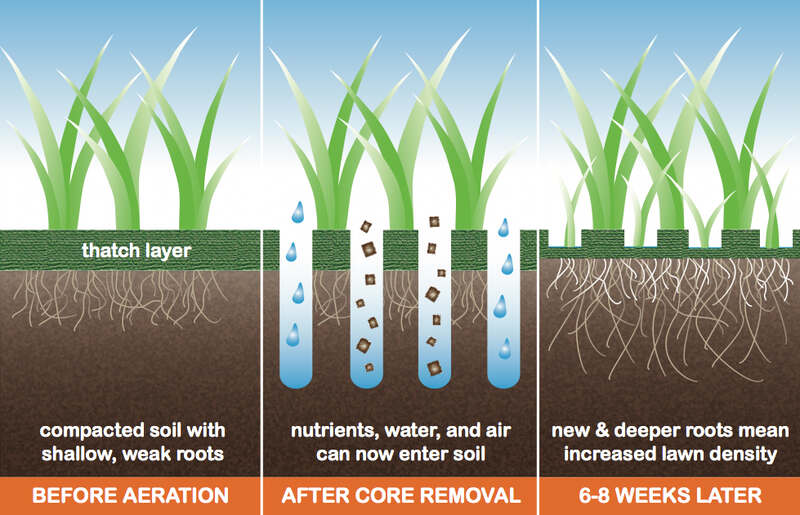
Lawn aeration is the practice of creating openings in soil to allow air, water, and nutrients to reach grass roots more easily. The process helps relieve soil compaction and promotes a healthier, more vibrant lawn by giving the roots room to grow and access to essential resources.
You can aerate your lawn yourself, especially if you have a small yard. However, for larger lawns or if your soil is heavily compacted, hiring a professional can save you time and effort. LawnStarter can connect you with a local lawn care professional to aerate your lawn.
Why Aeration is Important
A healthy lawn requires the right care, and aeration is a significant part of that. If you notice water pooling, thinning grass, or hard, compacted soil, your lawn most likely needs to be aerated. Addressing these problems will allow your lawn to obtain the air, water, and nutrients it needs to thrive.
- Relieves compacted soil: As soil becomes compacted due to foot traffic and natural settling, roots find it difficult to grow deep and absorb nutrients. Aeration creates small holes in the soil, allowing roots to spread and breathe, resulting in stronger, healthier grass.
- Improves water and nutrient absorption: Aeration holes allow water, fertilizer, and oxygen to penetrate the soil deeper instead of running off. This nourishes your lawn and saves you money by preventing wasted fertilizer.
- Reduces thatch buildup: Aeration helps break down thatch, a layer of dead grass and roots that builds up between the soil and healthy grass. It does this by allowing air and beneficial microorganisms to naturally decompose the thatch.
- Prepares for overseeding: Aeration improves the overseeding process by helping seed reach the soil directly, leading to better germination and filling in thin or bare spots in your lawn.
- Strengthens the root system: Aeration strengthens the grassroots by providing better access to water, air, and nutrients. This helps them grow deeper and stronger, making your lawn more resistant to pests, heat, drought, and foot traffic.
Read More:
When to Aerate Your Lawn
Aeration is most effective during your lawn’s growing season, allowing the grass to recover and fill in quickly. Aerating at an inappropriate time, such as during dormancy, can put stress on your lawn, making it susceptible to weeds, disease, and damage.
- Cool-season grass: Aerate in early spring or fall, with fall being the ideal time. Cooler temperatures and increased moisture help your turf recover sooner, and fewer weeds are likely to invade the aeration holes. Common cool-season grasses are Kentucky bluegrass, tall fescue, fine fescue, and perennial ryegrass.
- Warm-season grass: The best time to aerate is late spring to early summer. Avoid aerating during peak summer heat, as it can stress your lawn and kill it. Common warm-season grasses are Zoysiagrass, Bermudagrass, St. Augustinegrass, Centipedegrass, Buffalograss, Bahiagrass, and Carpetgrass.
How often to aerate: For sandy soil, I recommend aerating every two to three years, but for clay soils and areas with heavy foot traffic, yearly or biannual aeration is best.
My Tip: Are you uncertain if you need to aerate your lawn? I recommend checking your soil’s compaction by pushing a screwdriver into the ground. It should slide in easily to a depth of about 6 inches. A soil probe or penetrometer can also be used.
Read more about aeration:
- How to Prepare Your Lawn For Aeration and Overseeding
- 9 Aeration and Overseeding Mistakes to Avoid (Simple Tips)
Essential Tools for Aeration
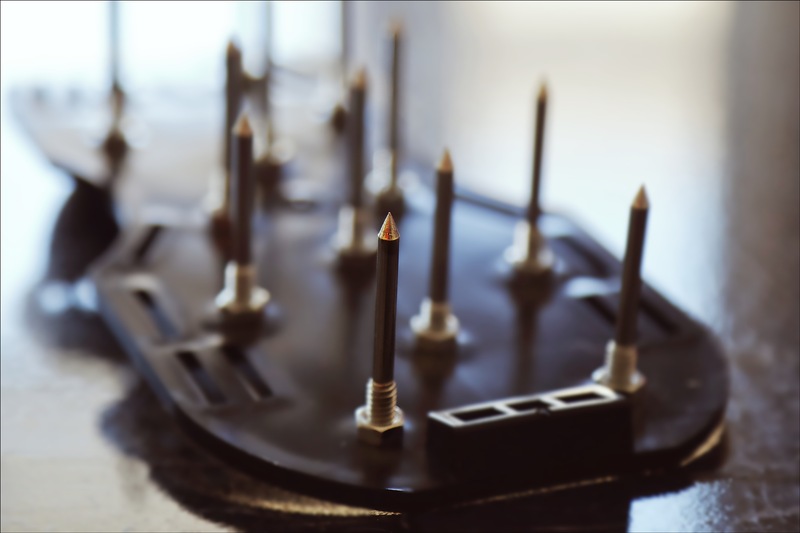
When it comes to aerating your lawn, you have plenty of tool options to complete the job. Manual tools, like a spike or core aerator, are great for small lawns but require physical effort.
On the other hand, heavy-duty options like a tow-behind aerator, which attaches to a lawn tractor or riding mower, make the job easier for larger lawns. Using a tow-behind aerator requires some skill, so I recommend hiring a local lawn care professional if you’re not comfortable handling it.
These tools also differ in how they aerate your soil. Core aeration is my go-to method for heavily compacted lawns. It pulls 2- to 3-inch plugs of soil out of the ground and leaves them on the surface. These plugs break up naturally over time. Spike aeration pokes holes in your ground, which makes compaction worse.
“The best tool to use is a plug aerator,” explains the West Virginia University Extension. “They remove a core of grass and soil from the lawn and keep the soil from compacting, whereas a spike aerator pokes holes and causes compaction around the holes.”
Manual Spike Aerator
- Cost: $28 to $35
- Skill Level: Beginner
- Description: This tool has a handle for control and sharp spikes that you press into the ground by stepping on a footplate. It simply punches holes in the soil.
Manual Core Aerator
- Cost: $32 to $99
- Skill Level: Beginner
- Description: With a sturdy handle and hollow tines, this tool removes small plugs of soil when you press down. It’s great for smaller lawns or treating compacted spots.
Garden Fork
- Cost: $28 to $35
- Skill Level: Beginner
- Description: This general-purpose tool has a handle and long, metal tines. While it’s not specifically for aeration, it’s handy for loosening soil.
Aerator Shoes
- Cost: $8 to $45
- Skill Level: Beginner
- Description: These are sandals or shoe attachments with spikes on the bottom. As you walk across your lawn, the spikes create small holes in the soil. If you’re looking to get your steps in, aerator shoes are the perfect choice.
Push-Behind Lawn Aerator
- Cost: $82 to $280
- Skill Level: Beginner
- Description: A wheeled tool designed for larger areas. It has rotating spikes that poke holes or pull out plugs, depending on the model.
Tow-Behind Aerator
- Cost: $140 to $320
- Skill Level: Advanced
- Description: A heavy-duty tool that attaches to a lawn tractor or riding mower. It has a frame with either spiked tines or hollow tines that remove plugs of soil. Ideal for large lawns, its cost and difficult handling make it impractical for some homeowners. Hiring a local lawn care pro is often the easier and more cost-effective option.
Want to know more about these techniques? Check out our guides:
- Core Aeration vs. Spike Aeration: What’s the Difference?
- Liquid Aeration vs. Core Aeration: What’s the Difference?
- Does Liquid Lawn Aeration Work?
- Core Aeration vs. Spike Aeration: What’s the Difference?
What Is Dethatching?
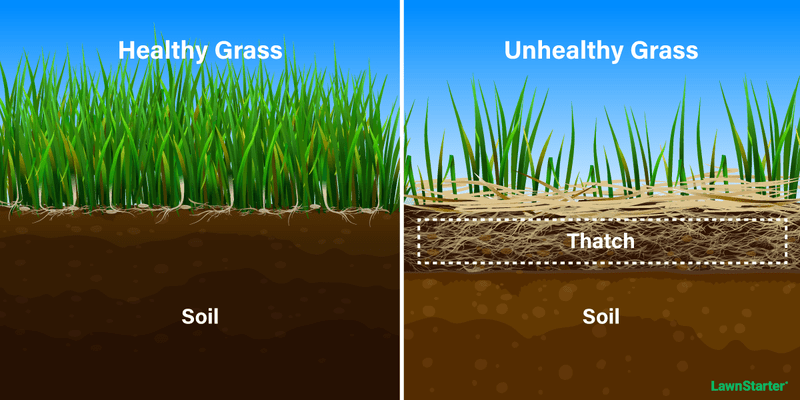
Dethatching is the process of removing the layer of thatch that builds up between your soil and the base of your grass. Thatch is dead grass, roots, and other organic material. When it gets thicker than an inch, it blocks water, air, and nutrients from reaching the soil.
Why Dethatching Is Important
A thick layer of thatch can suffocate your lawn by blocking water, air, and nutrients from reaching the soil. Watch for warning signs like yellow grass, poor drainage, or a spongy feeling when you walk across your yard – these indicate your thatch has grown beyond the healthy half-inch limit. Regular dethatching helps maintain optimal growing conditions for your grass.
- Better nutrient and water access: Thatch blocks water, air, and nutrients from reaching your grassroots. Once I dethatched my lawn, I noticed a big improvement, my grass turned greener and looked better.
- Improves disease resistance: Thick thatch can create a damp environment where fungi and pests thrive.
- Boosts resilience: A well-dethatched lawn handles heat and drought better because the grass can breathe and stay hydrated.
- Maximizes fertilizer efficiency: With thatch out of the way, fertilizers can reach the soil and work more effectively.
- Enhances drainage: Clearing away excess thatch allows water to drain properly, reducing soggy spots.
Read More: Top 10 Benefits of Dethatching the Lawn
Best Times to Dethatch Your Lawn
Knowing when to dethatch your lawn is essential. This timing relies on the type of grass you have, as different grasses have specific growth patterns. Dethatching at the wrong time can stress the grass, damage its roots, kill patches of your lawn, and promote weed growth.
“Avoid dethatching when weeds are germinating to prevent them from invading your turf,” explains the University of California Agriculture and Natural Resources. “If you are planning to apply preemergence herbicides, do so after dethatching. Otherwise, the herbicides may bind with the thatch and decrease their effectiveness.”
- Cool-season grasses: Dethatch in the fall for the best results, though early spring or late summer can also work. Fall gives your grass the best opportunity to recover without competing with weeds. Common cool-season grasses include: Kentucky bluegrass, tall fescue, fine fescue, and perennial ryegrass.
- Warm-season grasses: Late spring or early summer is ideal, as the grass is actively growing and can bounce back faster. Common warm-season grasses include: Zoysiagrass, Bermudagrass, St. Augustinegrass, Centipedegrass, Buffalograss, Bahiagrass, and Carpetgrass.
How often to dethatch: I suggest dethatching every few years or when you notice signs like a spongy feel, weak blades, or a dull green color.
My Tip: Cut out a small, triangular section of your lawn and examine the thatch layer. If it’s more than half an inch thick, it’s time to dethatch.
Want to know more about dethatching? Check out our guides:
- When and How to Dethatch Your Lawn
- Can You Dethatch and Aerate at the Same Time?
- How to Prevent Thatch in Your Lawn
Essential Tools for Dethatching
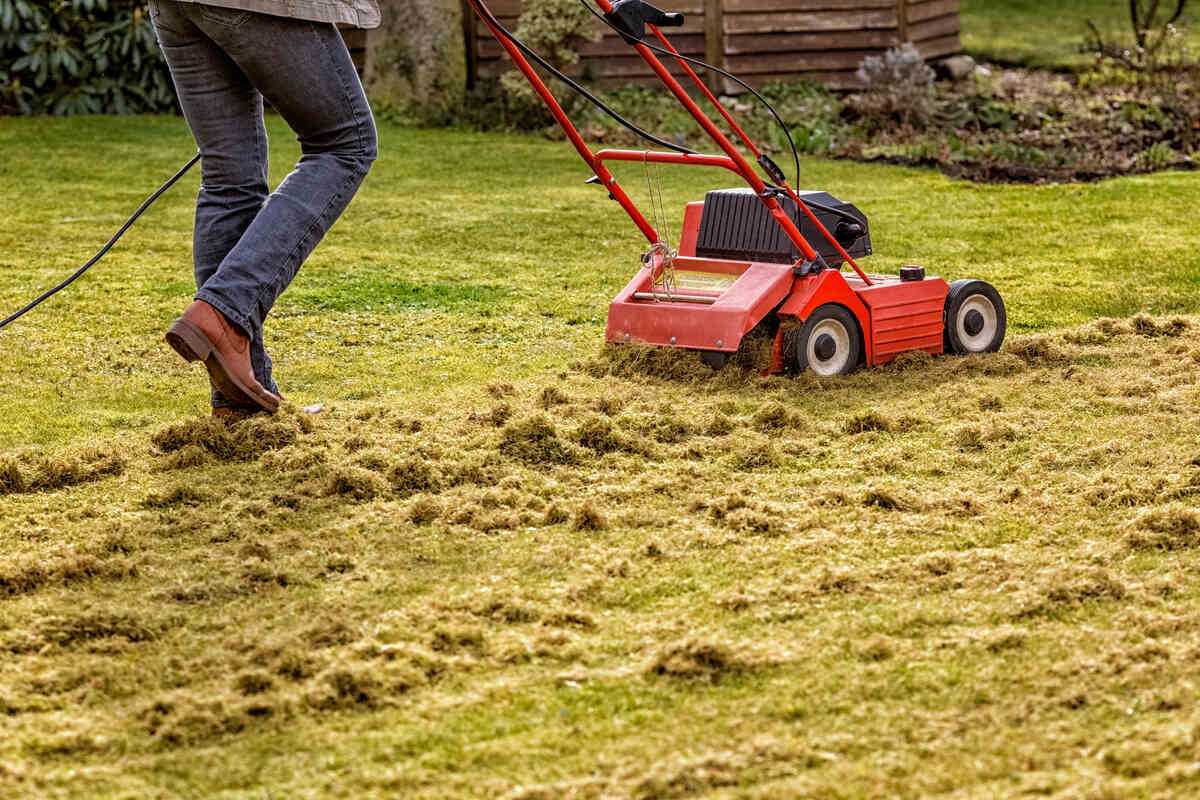
For small lawns, a manual rake can work well. However, if you’re dealing with larger areas or more severe thatch buildup, you might want to consider an electric dethatcher, power rake, or tow-behind dethatcher.
Heavy-duty dethatchers are more effective for severe thatch, but they can be expensive and require some skill to operate. In these cases, it’s often a good idea to hire a local lawn care professional.
While you can rent these tools, it’s important to know how to use them properly to avoid damaging your lawn. Whatever tool you choose, be sure to follow the manufacturer’s instructions to get the best results and protect your grass.
Manual Rake
- Cost: $20 to $35
- Skill Level: Beginner
- Description: Ideal for small areas and light thatch build-up. From my experience, it’s a bit of a workout, but it gets the job done.
Electric Dethatcher
- Cost: $127 to $190
- Skill Level: Advanced
- Description: These lightweight, easy-to-use tools look like small lawnmowers. They have tines that pull up thatch from the surface and are a great choice for medium-sized lawns with mild to moderate thatch problems.
Power Rake
- Cost: $750 to $2,100
- Skill Level: Advanced
- Description: For larger lawns, a power rake can save you time and effort. They look like a lawn mower but with blades that dig into the thatch. One thing I learned the hard way? These machines can be aggressive. I suggest starting with the blades set at the highest level to avoid destroying your grass.
Tow-Behind Dethatcher
- Cost: $109 to $199
- Skill Level: Advanced
- Description: Perfect for large areas, this tool attaches to a lawn tractor or riding mower. It uses flexible metal tines to lift thatch from the lawn as it moves across your lawn.
FAQ About Lawn Care
Overseeding is especially beneficial for lawns with bare or weakened thinning areas, though it’s not always necessary. Additionally, fertilizing and watering after dethatching or aerating is a good idea to help your lawn thrive.
Read More: 5 Clear Signs You Need to Overseed Your Lawn
Always pick up the thatch after dethatching to prevent it from smothering your lawn and hindering growth. Otherwise, you wasted a lot of effort to dethatch your lawn.
Of course. However, when aerating and dethatching your lawn at the same time, it’s best to start with dethatching. To learn more, read our guide: Can You Dethatch and Aerate at the Same Time?
Find a Lawn Care Professional Near You
Maintaining a healthy lawn involves understanding its needs, such as aerating to loosen compacted soil or dethatching to remove built-up debris. I suggest hiring a pro for annual core aeration. For thatch, keep things in check with a manual dethatcher — it’s simple but effective. If yard work is too much or you’re simply too busy, call a local lawn care pro.
Main Photo Credit: Aeration: Влад Варшавский / Adobe Stock, Dethatching: ThePhotoFab / Adobe Stock Free / License
